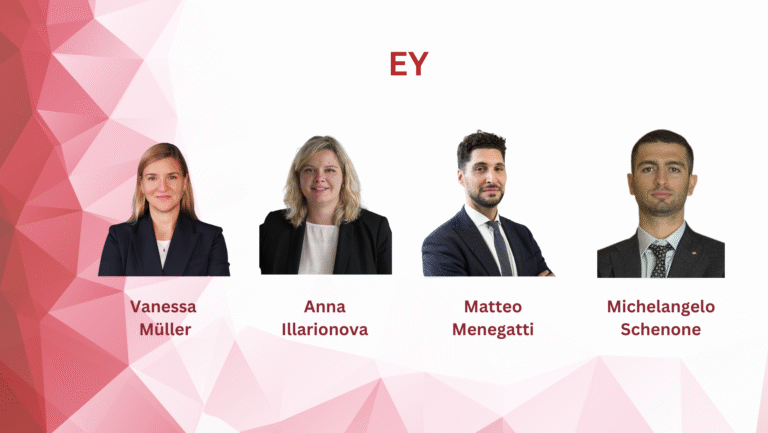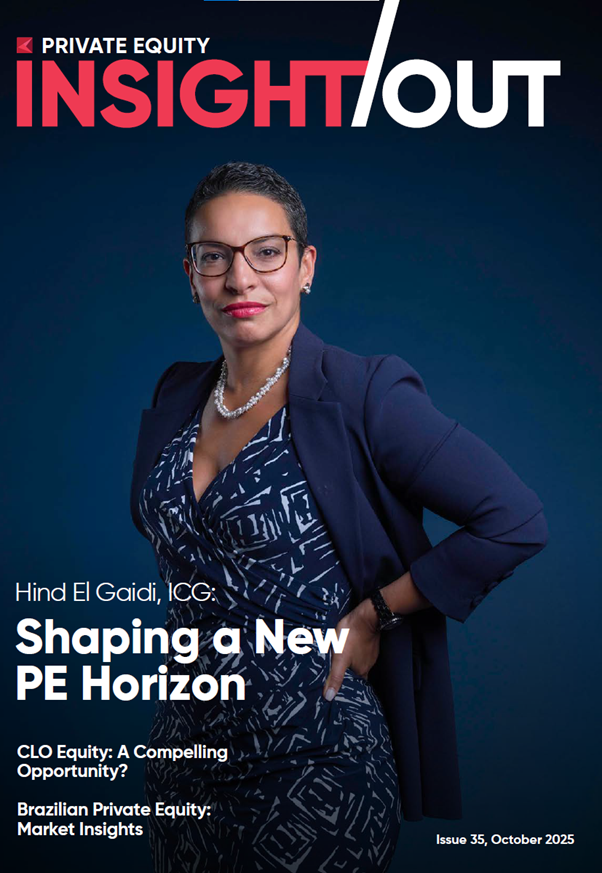Article by Jonas Mullo, Head of Legal Funds at Moonfare published in Insight/Out magazine #30
2024 is an important year for elections, and it is likely that we have a change of government in the UK and quite possibly in the US also. Against this backdrop the sense that we are living through a democratic recession is palpable, and that the certainty of the age of globalisation is giving way to something else, such as a re-aligning of nations and powers into some form of multi-polar system.
In this multipolar world, there is an emerging narrative on the need of Europe to build strategic autonomy, and in general to boost its growth. The plans of the EU are impressive and in some segments Europe can be a leader globally. However, the question economists and investors keep asking themselves is, how is Europe going to finance such plans and opportunities.
If we bear in mind that the market capitalisation of JP Morgan is now greater than that of the top ten euro-zone banks, underlining the enormous gap in progress that European banks have made since the global financial crisis becomes stark.
One policy response to that, in 2014, was the launching of the capital markets union (CMU) which was headlined by the aim of moving corporate financing away from bank lending to capital markets, and the harmonisation of finance regulations so that capital can flow better across the euro-zone.
Given the economic and geopolitical urgency facing Europe, the lack of momentum on capital markets union is disappointing, and the division within individual country governments suggest that the strategy has not been given the time and place it requires in policy debates.
However, there is a glimmer of hope. One element where there has been progress is in the revamping of the ELTIF, the European Long-Term Investment Fund, whose objective is to channel funds (from pension funds to private individuals) to projects that require long-term capital such as infrastructure and other opportunities.
While the original ELTIF regulation was a disappointment, ELTIF 2.0 already looks more promising despite having entered into force only recently. It has the opportunity to revolutionise investing in Europe. As a thematic, public markets in Europe have fewer large technology companies than the US, and in many countries public market indices are seeing supply of equity dwindle as a mixture of corporate buybacks, takeovers and fewer IPOs diminish supply of equities. This is as much the case in the UK as in the EU.
Moonfare is particularly excited about ELTIF 2.0, which fits very nicely with the vision of democratising private markets. For a broad investor base, subject to the MIFID II appropriateness tests, who have previously been completely cut off from access to the interesting returns private markets have traditionally been providing, we find it encouraging that ELTIFs seems to be taking off, and being considered and launched by many sponsors. The promising mutual benefits for European capital markets, asset managers and investors alike are reassuring.
As such, ELTIF opens up the “private economy” to European investors and permits them access to growing private companies, restructuring and for instance a range of infrastructure opportunities. In many of these private economy sectors, businesses are funded by institutional investors and at a larger scale by private markets including PE and VC firms. The ELTIF opens this up to new segment of investors who might previously have only had limited, if any, access to these opportunities and at very high minimum investment amounts.
The other contribution of the ELTIF is to open portfolios to a set of assets that can improve diversification, and help ease concentration risk (in highly correlated government bonds and equities). Our sense also is that by encouraging investment in long-term assets, regulators will eventually help open up a debate on education around investment, and notably the role of private capital in building economies. Education will also be the one of the challenges in the context of ELTIF, including educating sponsors, distributors and investors. Education in combination with constructive conversations with regulators and the EU institutions, which we have been privileged enough to take part in, can be pivotal for making ELTIF a success.
If education is just one part of the task of building the investment infrastructure in Europe, then the role of the funds industry and notably Luxembourg, is as well. The aim should be to build scale through having a reasonable number of fund structures that can operate across European countries and investors, and Luxembourg is key in this regard, both in view of structuring as well as in view of a hub for distribution.
The Luxembourg toolbox has generally also through the years, become more interesting for the alternative investment industry. Luxembourg offers a wide range of opportunities from regulated to the more flexible or even, outside the ELTIF context, completely unregulated structures. This is also an important step in attracting more of the private markets value chain to Luxembourg. Indeed, there are ambitions to add investor relations, middle office, and maybe someday even more investment teams to the broad industry presence in Luxembourg.
For its part, Moonfare remains committed to Luxembourg, benefitting from the destination’s special limited partnerships and its wide offering of service providers, which is generally a strong sales argument in conversations with our investors who seems to have confidence in Luxembourg AIFMs, depositary banks and others.
The ELTIF combined with other trends in our industry, such as secondaries, which we see as the fastest-growing fund segment in private market investing in terms of strategy, are central for positioning Europe. Above all, we believe that having more private capital flowing into European investment opportunities is a beneficial for all stakeholders, and granting access to a wider investor base is critical for us to finally be able to speak about “retailisation” alongside “democratisation of private markets”. All this would contribute to making an imprint on the need for the continent to grow better and more sustainably.




